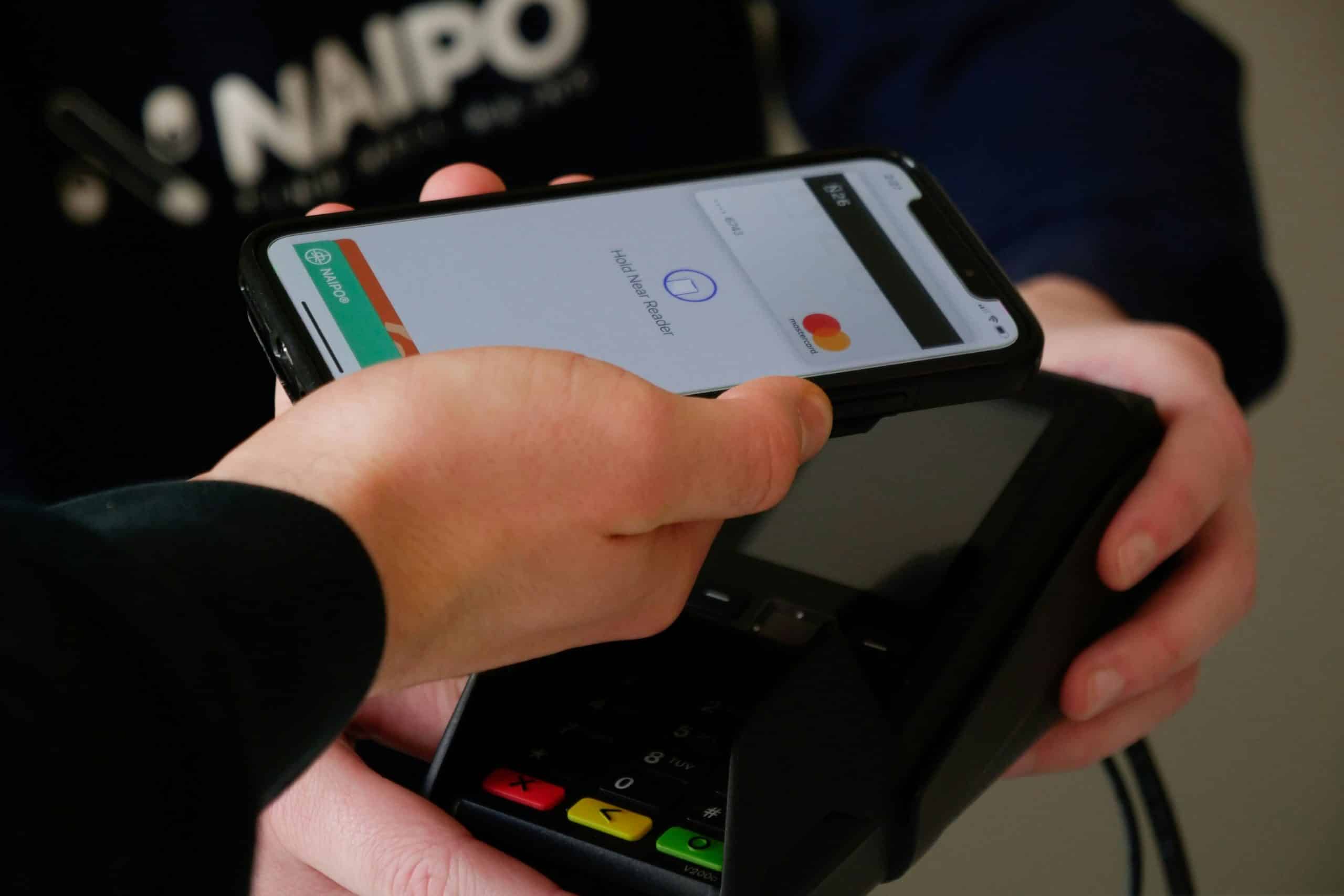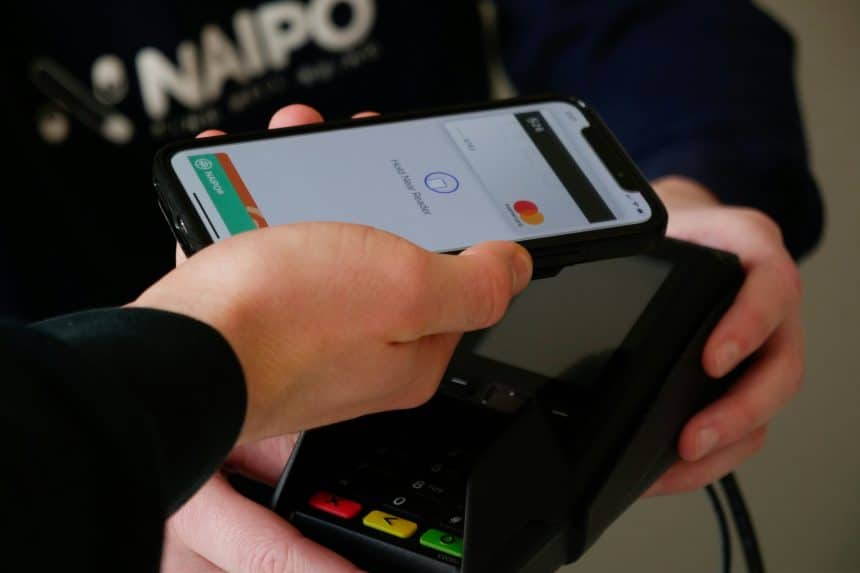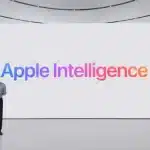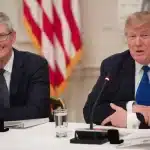In a significant move to resolve antitrust issues with the European Union, Apple has agreed to grant rival companies access to its tap-and-go payment technology. This decision comes as a direct response to ongoing EU investigations, which accused Apple of unfairly restricting competition by limiting access to its Near-Field Communication (NFC) technology used in Apple Pay.
The European Commission had previously charged Apple with impeding competitors’ ability to develop alternative payment solutions on Apple devices by blocking access to the NFC chip embedded in iPhones and iPads. This chip is essential for contactless payments, a feature predominantly utilized by Apple Pay, which is supported by over 2,500 banks and more than 250 fintech firms across Europe.

By opening up its NFC capabilities to third-party developers, Apple aims to stave off a potential hefty fine and address the EU’s concerns about its monopolistic practices. This strategic concession is expected to foster a more competitive environment in the mobile payments market, allowing other mobile wallet providers to innovate and offer services on par with Apple Pay.
The European Commission is set to initiate a market test to gather feedback from both competitors and customers before finalizing their decision on Apple’s proposal. The outcome of this test will determine whether Apple’s commitment to opening its NFC technology will be sufficient to close the antitrust case.
This development marks a significant shift in Apple’s approach to its proprietary technologies, potentially setting a precedent for greater openness in its ecosystem. The company has yet to make an official statement, but this move is seen as a proactive measure to align with EU regulations and promote fair competition.
The implications of this decision are far-reaching, potentially reshaping the landscape of mobile payments in Europe and beyond, and highlighting the ongoing tension between major tech companies and regulatory bodies striving to ensure market fairness.












